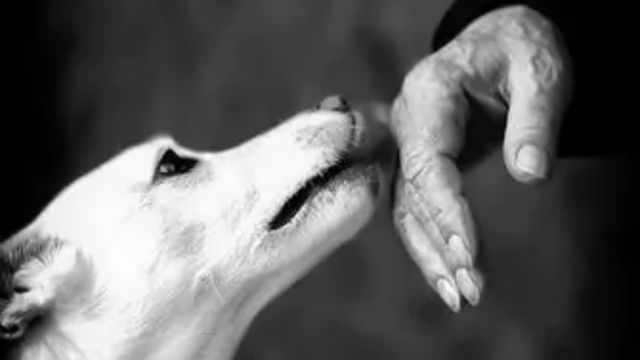Another view on the film Dean Spanley by Stan Rawlinson
If someone tells me a dog understands every word they say, I think they’re out of the loop of reality. Dogs see us effectively as resources. We feed, comfort and look after them, but if they found someone else to do the same, they would change their allegiance. They are creatures of advantage. Dean Spanley is a little like Scrooge with a twist: instead of the ghosts of Christmas, a churchman, played by Sam Neill, is visited by memories of his previous life as a dog. The dog in question is a Welsh springer spaniel called Wag, who mysteriously disappeared, leaving his owner (played by Peter O’Toole) bereft.
- Interview by Paul Arendt
- The Guardian, Wednesday 17 December 2008
- Article history

If someone tells me a dog understands every word they say, I think they’re out of the loop of reality. Dogs see us effectively as resources. We feed, comfort and look after them, but if they found someone else to do the same, they would change their allegiance. They are creatures of advantage.
Dean Spanley is a little like Scrooge with a twist: instead of the ghosts of Christmas, a churchman, played by Sam Neill, is visited by memories of his previous life as a dog. The dog in question is a Welsh springer spaniel called Wag, who mysteriously disappeared, leaving his owner (played by Peter O’Toole) bereft.
The dean’s friends ply him with wine, and he enters a kind of trance state, describing all the splendour and exhilaration of life as a dog. I enjoyed the deep affection and understanding shown by humans for their pets. I didn’t feel the film went over the top in anthropomorphising Wag.
I loved the idea, expressed by the dean, that there are deep, scholarly messages in smells. When a dog smells urine, it doesn’t just think: “Another dog has weed here.” It might think, “male, uncastrated, dominant, probably travelling from east to west, healthy”, and so on. Neill did a great job of conveying these attitudes – the way he sniffs his wine is especially canine. But I was slightly confused by Wag’s obsession with the moon. Wolves and wild dogs might exhibit that behaviour, but not domestic dogs.
In the film, the dogs’ “language” is barking and yipping, but in reality, dogs communicate mostly through body language. The film should have concentrated on that a little more. Dogs are beaming messages to us all the time, and we usually miss them.
• Stan Rawlinson is a dog behaviourist and obedience trainer. Details: doglistener.co.uk. Dean Spanley is on






